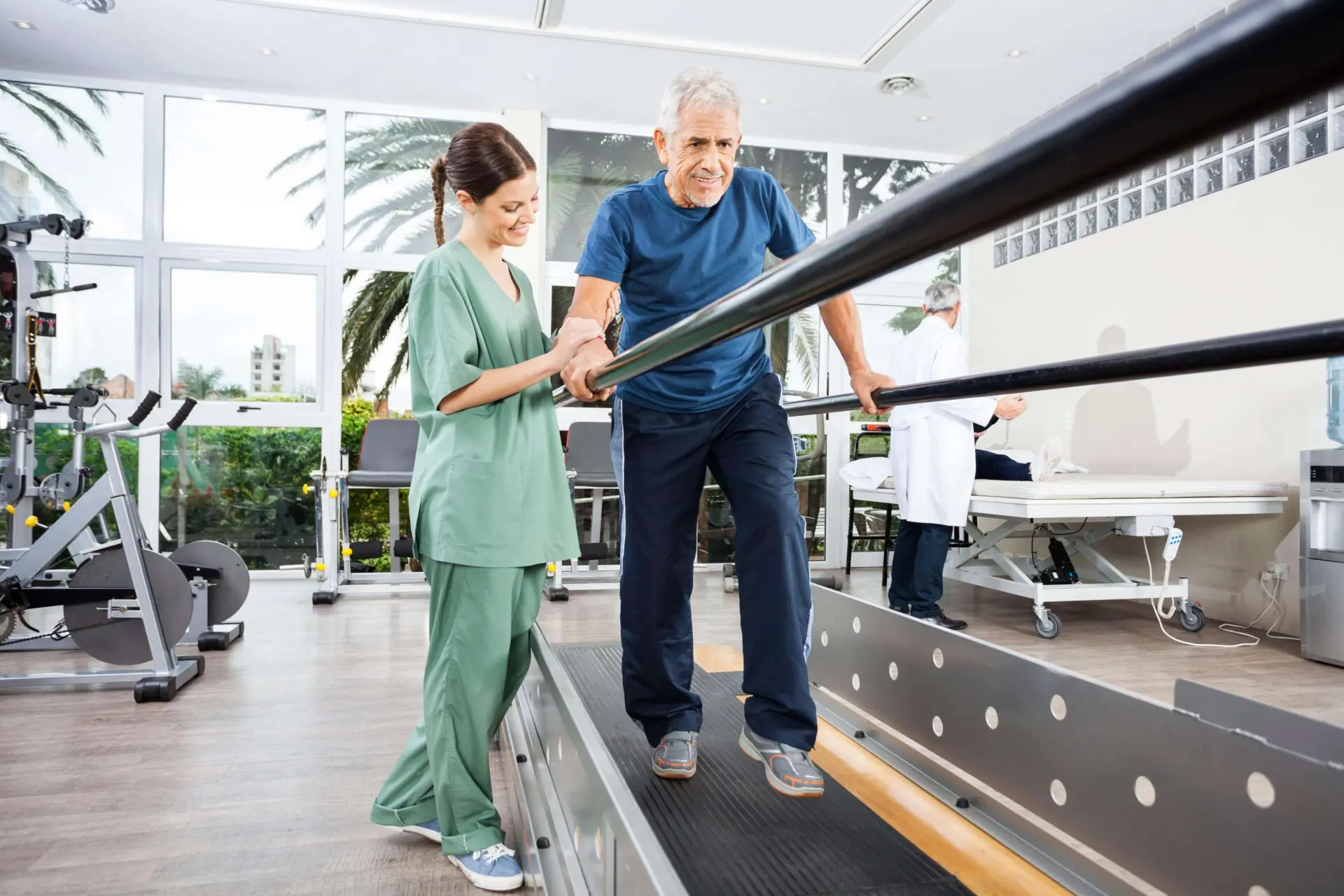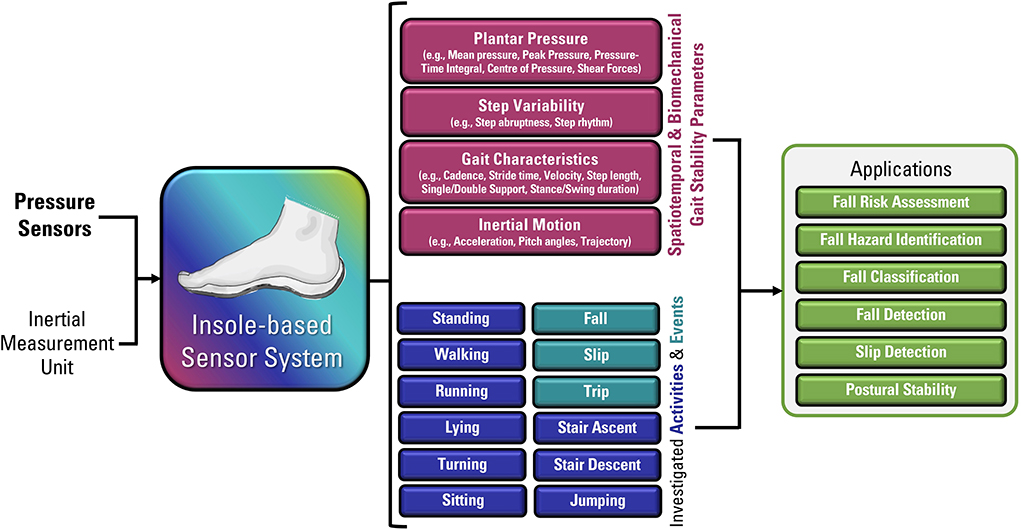Little Known Questions About Dementia Fall Risk.
Little Known Questions About Dementia Fall Risk.
Blog Article
The Buzz on Dementia Fall Risk
Table of ContentsSome Known Details About Dementia Fall Risk Dementia Fall Risk - TruthsSome Ideas on Dementia Fall Risk You Should Know6 Easy Facts About Dementia Fall Risk Described
A fall risk analysis checks to see just how likely it is that you will fall. It is mainly done for older adults. The assessment normally consists of: This consists of a series of inquiries regarding your general health and if you've had previous falls or issues with balance, standing, and/or strolling. These devices test your toughness, balance, and gait (the way you stroll).STEADI consists of screening, examining, and intervention. Interventions are referrals that may decrease your risk of falling. STEADI includes 3 steps: you for your risk of succumbing to your danger aspects that can be improved to attempt to avoid falls (as an example, balance problems, damaged vision) to reduce your danger of dropping by using effective methods (for instance, supplying education and learning and resources), you may be asked several concerns consisting of: Have you dropped in the past year? Do you really feel unsteady when standing or walking? Are you fretted about dropping?, your supplier will examine your toughness, equilibrium, and gait, utilizing the following loss analysis tools: This test checks your gait.
Then you'll sit down once more. Your provider will check how much time it takes you to do this. If it takes you 12 seconds or even more, it may suggest you go to higher threat for an autumn. This examination checks toughness and balance. You'll being in a chair with your arms went across over your upper body.
Move one foot midway ahead, so the instep is touching the huge toe of your other foot. Relocate one foot completely in front of the various other, so the toes are touching the heel of your various other foot.
Top Guidelines Of Dementia Fall Risk
A lot of drops take place as an outcome of numerous contributing aspects; for that reason, taking care of the danger of falling begins with identifying the factors that add to fall threat - Dementia Fall Risk. Several of one of the most pertinent threat aspects include: Background of previous fallsChronic clinical conditionsAcute illnessImpaired stride and equilibrium, lower extremity weaknessCognitive impairmentChanges in visionCertain risky medicines and polypharmacyEnvironmental aspects can likewise enhance the threat for drops, including: Inadequate lightingUneven or damaged flooringWet or unsafe floorsMissing or harmed hand rails and grab barsDamaged or improperly fitted equipment, such as beds, mobility devices, or walkersImproper use assistive devicesInadequate guidance of individuals living in the NF, including those who exhibit hostile behaviorsA successful fall threat monitoring program requires a thorough scientific analysis, with input from all participants weblink of the interdisciplinary team

The treatment strategy need to additionally consist of treatments that are system-based, such as those that promote a secure atmosphere (appropriate illumination, hand rails, get hold of bars, and so on). The effectiveness of the treatments need to be examined periodically, and the care plan modified as required to mirror modifications in the fall risk evaluation. Carrying out a loss threat monitoring system making use of evidence-based ideal practice can minimize the prevalence of drops in the NF, while restricting the possibility for fall-related injuries.
Getting The Dementia Fall Risk To Work
The click here to read AGS/BGS guideline suggests evaluating all grownups matured 65 years and older for fall danger every year. This testing is composed of asking individuals whether they have actually dropped 2 or even more times in the past year or looked for clinical focus for a fall, or, if they have not fallen, whether they really feel unsteady when walking.
Individuals that have actually dropped as soon as without injury needs to have their equilibrium and stride evaluated; those with stride or balance irregularities ought to get additional assessment. A background of 1 autumn without injury and without stride or balance troubles does not require additional assessment past continued annual autumn risk screening. Dementia Fall Risk. An autumn risk assessment is called for as component of the Welcome to Medicare assessment

The Basic Principles Of Dementia Fall Risk
Documenting a drops background is among the top quality signs for autumn avoidance and management. An essential part of danger assessment is a medicine evaluation. Numerous classes of drugs enhance loss risk (Table 2). copyright medicines particularly are independent forecasters of falls. These medications often tend to be sedating, alter the sensorium, and harm balance and stride.
Postural hypotension can frequently be relieved by decreasing the dose of blood pressurelowering medications and/or stopping drugs that have orthostatic hypotension as a negative effects. Use above-the-knee assistance pipe and copulating the head of the bed elevated may additionally decrease postural decreases in blood stress. The suggested components of a fall-focused checkup are displayed in Box 1.

A Yank time higher than or equal to 12 secs recommends high autumn danger. Being incapable to stand up from a chair of knee elevation without using one's arms suggests raised loss danger.
Report this page